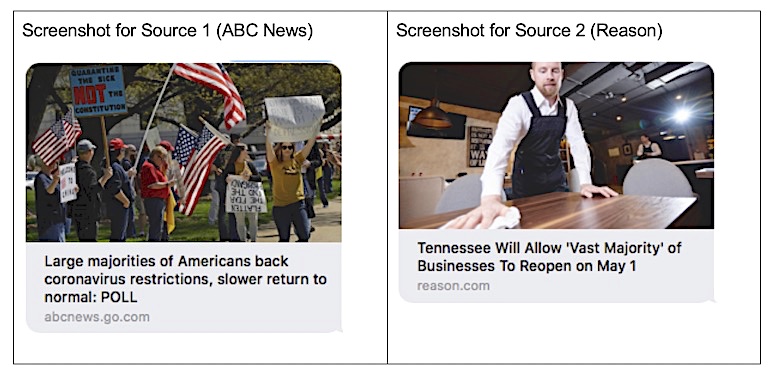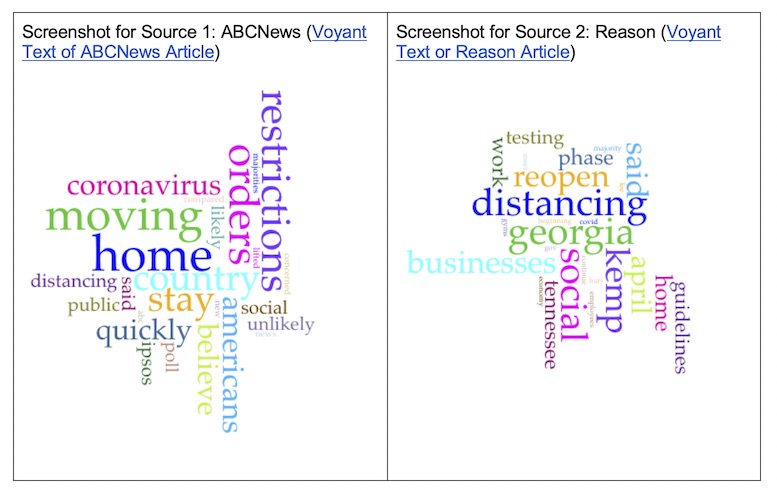How We Learned to Write Argument Online
 Writing is hard. Teaching writing is hard. Add a pandemic and teaching writing can seem almost impossible.
Writing is hard. Teaching writing is hard. Add a pandemic and teaching writing can seem almost impossible.
As an English teacher I have been forced to reevaluate my writing instruction. That re-eval has stretched from how I have my classes complete their writer’s notebooks to deciding what writing pieces I exclude due to reduced time with my students. Not to mention the general complexities of that online learning involves.
When the world was flipped on its head last spring, my sixth grade students and I had been discussing argument writing. More specifically we’d talked about taking a position on a topic and evaluating the cornucopia of online sources that might be used to devise informed opinions.
As I struggled with how I was going to simulate all this while teaching online, I had several conversations and went through some brainstorming with my frequent book co-author Troy Hicks, a veteran writing teacher and now university prof.
Dr. Hicks shared a lesson that he wanted to try and thought could work with my students – and I agreed to have them be the guinea pigs as we finished our school year at a distance.
We decided that because instruction was going to be online, I would invite Dr. Hicks to be part of class for two lessons. He recorded two videos for my students to follow during the lesson. Needless to say, it was a great experience for my students and for myself. Both my 6th graders and I learned a great deal, and when we were done I definitely felt better prepared for teaching argument during remote learning this fall.
Student Launch
Dr. Hicks started by discussing with my students how difficult it is to sift through so many web-based information sources that bombard us every single day. He began by helping my students examine some sample sources more carefully. The sixth graders looked at two different articles about Covid-19 and reopening our country. There were two goals in mind for this particular lesson:
- He wanted them to examine the headline and dominant image in the individual stories as they appeared on the web. Then they would take the text from the stories and create word clouds to see what the most prominent words were in each one. (Troy completed the word clouds for the students so they could take more time to analyze them. They are represented below).
- From the two analyses, the students would then create a personal argument, thinking about their own position on whether and how the country should reopen.
Before diving deeper, the 6th graders were asked about their experience during the first few weeks of COVID-19 and how they felt about the current state of things. They were asked to think about what they have read, heard, or viewed. Furthermore, what were their own thoughts about the pandemic?
Dr. Hicks put together a sort of hyperdoc to help the students complete their tasks. Writing spaces were created on a shared template. Each student made a copy to participate and complete the writing prompts they were given. Below is a student response (click any image in this post to enlarge it).

Capturing More Student Thought
The two sample articles were then shared with the students. We chose this approach instead of having them try to find their own articles due to time constraints (see below). With the two articles, the students were introduced to a tool called AllSides. It is a great source for students to find articles that lean left or right politically. Users can find articles in the middle as well.
One article was from ABC News (which generally leans somewhat to the political left as a more liberal source) and one was from Reason Magazine (which generally leans somewhat to the political right as a more conservative source). The students were instructed to read the two sources in three different ways:
- First, they just read the articles on the Internet, as they normally appear on the websites.
- Second, a snapshot was taken and they looked just at the headline and the main image in the story.
- Third, they took just the words from the story and looked at them in a word cloud (again, Dr. Hicks created the word clouds as a time-saver).
After reading the articles, the students were again given a space to write their thoughts. The prompt template and a student example are provided below.
(Article #1)
Karson, K. (April 24, 2020). “Large majorities of Americans back coronavirus restrictions, slower return to normal: POLL.” ABCNews. (NOTE: There is a video that will play, and you will need to pause it!)
(Article #2)
Binion, B. (April 20, 2020). “Tennessee Will Allow ‘Vast Majority’ of Businesses To Reopen on May 1.” Reason Magazine.

Interestingly, most students had already taken a position about reopening the economy. The articles they read didn’t seem to persuade them in any way. Sixth graders were already thinking ahead about what their claim would be before drafting their argument.
Headlines and Images
After students completed their readings of the provided articles and wrote their responses, we asked them to just look at the articles’ headlines and main images and think about each one as if it was a social media post they might see. We gave them the following guiding questions:
- Who created this message? What do we know about this source?
- What creative techniques (such as language in the headline or the way in which the photograph is framed) are used to attract my attention?
- How might different people understand this particular message depending on their own opinions about when the country should reopen?
As students thought about the questions posed to them by Dr. Hicks, they were asked to record their thinking. The questions were designed to help them begin to shape their own arguments as they looked at specific images and thought critically what images each news source chose to use and why. He also wanted them to think about the language that was used to influence a reader’s thinking.
As you can see by one student’s response, they were expressing genuine concern about the effects of reopening and starting to lean more towards creating a claim.
Word Clouds and Word Choice
For the next segment of this lesson, students looked at just the main text of the article itself (not the advertisements or any links in the article). To do this, Dr. Hicks created two word clouds using a text analysis tool called Voyant.
Without Troy’s help, this level of prep will definitely take some front loading on my part.
But putting in the teacher time could really help students focus on the idea of argument writing instead of investing scarce time learning yet another new tool.
As students looked at these two word clouds, they were asked to think about the following:
- What do you see/notice about the word clouds, in general, and the specific words that dominate in each?
- What does this make you think about the language used by the different media sources?
- What does this make you wonder about how readers of these articles understand the information being presented by each source?
My student’s response was interesting because although they were able to pull out and see the most commonly used words in each article, it didn’t persuade them to change position or say anything new. In fact, the student decided this particular part of the lesson was just about color and creating an artful display of words.
As I get ready to work more with my current 6th graders this year, I am definitely going to rethink this part of the lesson and how I could present it to the students differently so they make connections between word choice/frequency and the intent of the text.
Next Steps
This step-by-step approach to the lesson was very helpful for my students as they adjusted to online learning. One of the take-aways I have with being remote with my students is that they often need twice as much time to complete tasks. The way this lesson was laid out for students, it allowed them to work at their own pace and not feel overwhelmed.
For Part One of the lesson, my 6th graders were given 4-5 days to complete the lesson and return it for feedback. Students expressed the pace was just right and they didn’t feel like they didn’t understand any part because of the way it was broken down step by step.
In a follow-up post, I will dive into the area where students examined evidence they found in the two articles they read. Also, I will discuss how students crafted their argument with some of the tools Dr. Hicks gave them. A big thank you to him for allowing me to write about this lesson.
Click here for the conclusion of this two-part post!
Feature image: ABC News





































